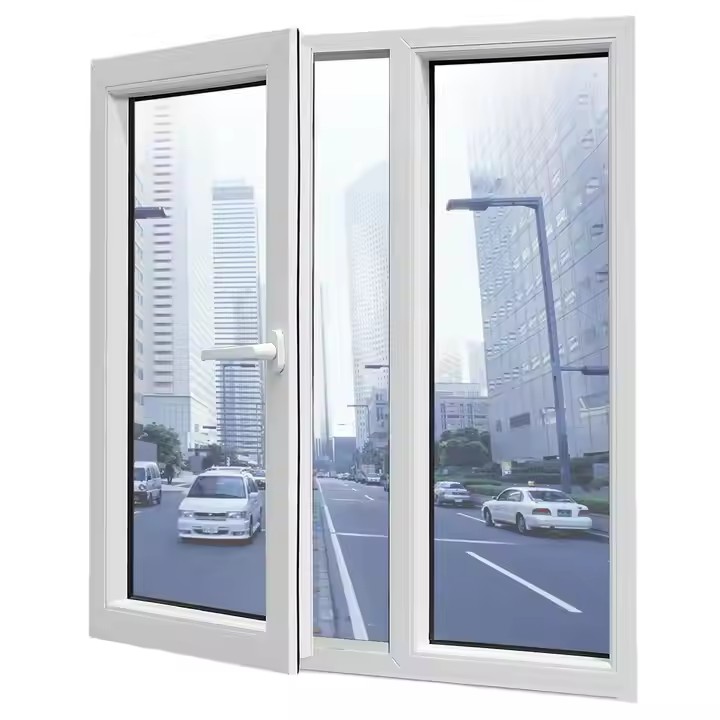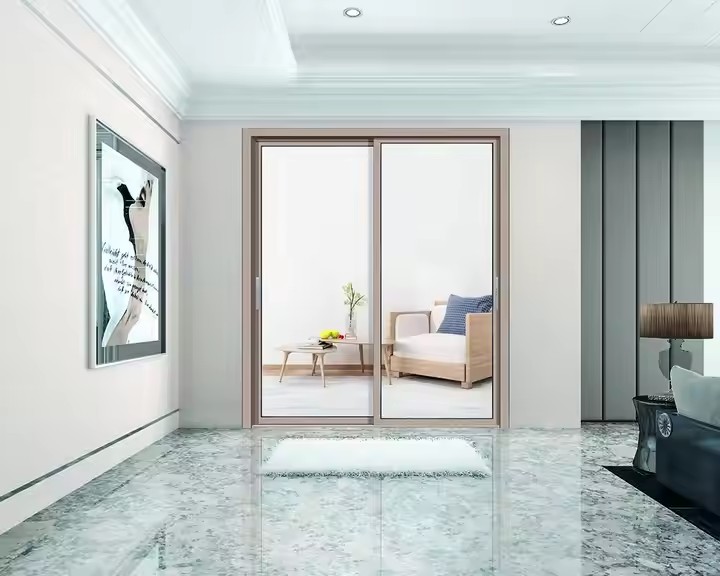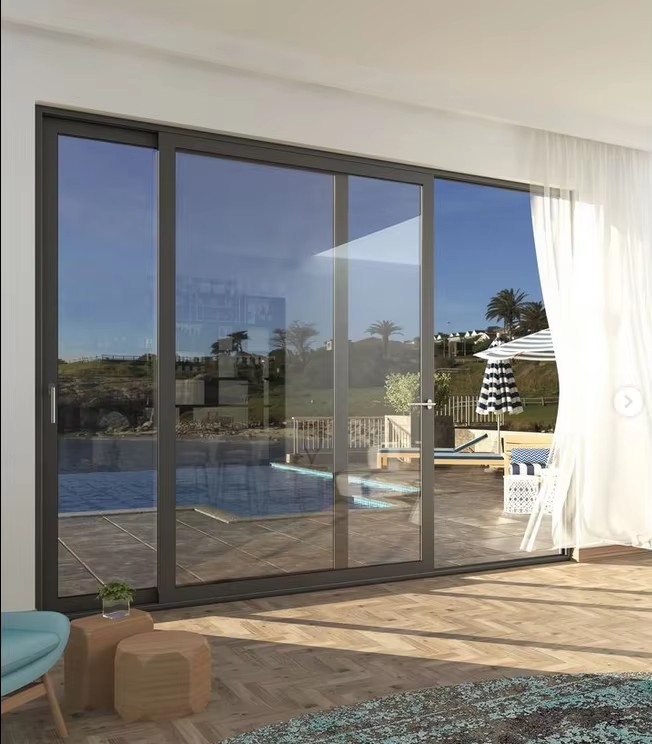To make coastal curtain walls stronger, the design must solve three main challenges of the seaside environment: strong wind loads, high salt corrosion, and extreme temperature and humidity changes. The solution needs to cover materials, structure, sealing, and construction, and also follow Australian building standards (like AS/NZS). Coastal areas have stronger winds and more sand, so curtain walls must be extra stable and durable.
- Materials
Use anti-corrosion and high-strength materials. For example:
316L stainless steel: has molybdenum, which makes it much more resistant to salt than normal 304 stainless steel.
6061-T6 aluminum alloy: needs anodizing + PVDF coating. This coating can last 20+ years against salt and UV damage, while keeping the structure light.
Glass panels: ultra-clear laminated tempered glass (8mm + 1.52 PVB + 8mm) is strong against wind-blown stones. Even if broken, the PVB holds the glass together. Heat treatment helps avoid self-break.

Ceramic panels: good for very durable projects because they resist acid, alkali, and fading.
Sealants: use weather-resistant silicone sealant and EPDM rubber strips instead of normal glue. They stay elastic in extreme temperatures and block saltwater from entering.
- Structure
Coastal areas like Queensland and NSW often face cyclones. Wind creates both positive pressure (pushing) and negative pressure (pulling). Negative pressure is dangerous because it may pull panels off.
The design must follow AS/NZS 1170.2 wind load standards, with extra 15–20% safety margin. Also calculate wind vibration to avoid resonance.
Unitized curtain walls are better than stick curtain walls. They are pre-assembled in the factory, stronger (30%+ better against wind), and use multi-layer sealing.
At frame joints, combine rigid connection + flexible pads to absorb stress from building movement and temperature changes, preventing cracks.
- Sealing
Build a multi-layer protection system. If saltwater enters, it can cause rust and bonding failure.
Use double sealing between panel and frame: inside with silicone for structure, outside with weather silicone for waterproofing. Seal gaps at least 7mm wide to handle expansion and contraction.
For openable windows, use triple seals (for water, air, and insulation) and add drainage holes at the bottom.

At joints with the main building, use galvanized steel plates + waterproof membranes with at least 100mm overlap for continuous waterproofing.
- Construction & Maintenance
During installation, control quality carefully. For example:
Use special tools to lift unitized curtain wall panels horizontally to avoid frame bending.
Clean dust and oil before applying sealant, and let it cure properly (no rain for at least 24 hours).
Regular inspection and maintenance are also important for long-term strength.

